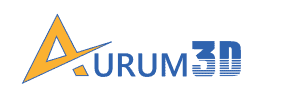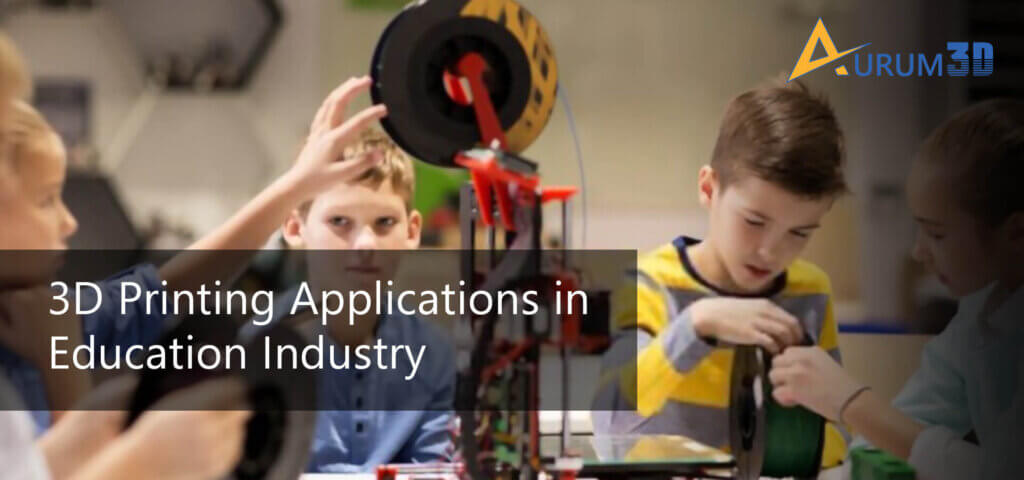At present, businesses from various industries leverage 3D printing products and services to facilitate rapid prototyping, accelerate manufacturing, and simplify supply chain management. Like businesses and enterprises, educational institutions also leverage 3D technology to deliver a superior learning experience. The number of non-profit and for-profit educational institutions investing in 3D printers and availing of 3D printing services has been increasing consistently.
According to a market forecast report released by Technavio,
“The 3D printing market in education sector and it is poised to grow by USD 1.54 billion during 2020-2024, progressing at a CAGR of over 19% during the forecast period.”
Like enterprises, educational institutions use 3D printers to produce a variety of three-dimensional objects from CAD files. They further produce three-dimensional objects using various types of thermoplastic. The teachers and instructors 3D-print various objects to make students understand complex concepts and ideas. The 3D-printed items help teachers to bridge the gap between the digital and physical worlds. However, there are many innovative 3D printing applications in education industry.
9 Interesting 3D Printing Applications in Education Industry
Here are some interesting 3D printing applications in Education domain, which are worth sharing.
Modernizing and Complementing Curriculums
The introduction of computers transformed classrooms and learning environment through digitization. Many students these days use computers and mobile devices to learn at their own pace and convenience. 3D printing technologies have the potential to transform digital classrooms and modernize curriculums. The teachers can use 3D printers to convert students from consumers of knowledge to creators and innovators. Also, they can boost learning experience and student engagement by 3D-printing a wide variety of objects.
Creating Opportunities to Unleash Creativity
In both conventional and digital learning environments, teachers focus on making students acquire and retain knowledge. They lack the option to allow students to unleash their creativity or convert their ideas into reality. The 3D printing products and services enable students to create a variety of three-dimensional objects based on varying ideas and concepts. A student can 3D-print an object to understand a concept more elaborately. At the same time, she can create many objects using her imagination and creativity.
Making Students Learn from Mistakes
The rapid advancement in 3D printing technologies has made 3D printers affordable for many educational institutions. Many educational institutions allow students to access 3D printers to do things in their own way. The students can improve, customize, and modify an object by committing many trials and errors. Also, they can learn from errors to design better objects and models. The trial and errors will make students confident enough to invent something new in future.
Implementing STEM Method of Education
3D printing technologies create opportunities for educational institutions to implement STEM method of learning. The STEM method of learning aims to bridge the gap between science, technology, engineering, arts and mathematics. While learning science or engineering, a student can use 3D printers to become a designer or artist. Likewise, a student can use the 3D printer to create historical artefacts while studying history. A student can use 3D printers to experiment with new ideas and become a creative thinker.
Making Students Practical
In conventional learning environments, both students and teachers exchange knowledge through books. Hence, conventional learning techniques make students theoretical. 3D printing technologies enable educational institutions to make students practical instead of theoretical. A student will still learn concepts and topics by reading books. But he will use 3D printers to convert the concepts into three-dimensional objects. For instance, while studying geography a student can use 3D printers to produce volcanoes or mountains in three-dimensional form.
Customizing Learning Models
3D printing technologies create opportunities for educational institutions to transform and customize existing learning models by producing three-dimensional visual aids. The 3D visual aids help teachers to explain complex concepts to students without putting extra time and effort. The teachers can use the 3D-printed visual aid to make students experience something completely new. Instead of reading the concepts, the students can acquire knowledge by touching and see the 3D-printed visual aid while learning new concepts.
Empowering Research and Development (R&D)
The access to 3D printing product and services will enable research scholars and students to create prototypes rapidly. The research scholars can use various forms of thermoplastics in 3D printing to create prototypes of objects and products based on varied concepts. They can further use the 3D printer to evaluate and fine-tune the prototype by adding features and improving performance. The higher educational institutions leverage 3D printing to empower R&D.
Keeping Reluctant Learners Engaged
The teachers often find it challenging to keep students excited and engaged in a conventional learning environment. In addition to complementing the curriculum, 3D printing technologies help teachers to engage reluctant learners. A teacher can use a 3D printer to involve students in the process of creating three-dimensional models. A student can further contribute his ideas and suggestions throughout the 3D-printing project. The students will feel excited to create a model from concepts explained in textbooks.
Solving Real-World Problems
Many educational institutions already leverage 3D printing solutions to encourage students to solve real-world projects. As part of the e-ENABLE community, many students in the USA help physically-challenged persons by providing 3D-printed prosthetics. The educational institutions encouraged undergraduate students to 3D print prosthetics as part of a learning program. The learning program encouraged many students to produce three-dimensional prosthetics by forming communities. Many students even feel motivated to 3D-print prosthetics for people who have lost their hands or fingers.
The importance of 3D printing in the domain of education is increasing steadily. Both for-profit and non-profits educational institutions invest in 3D printers to optimize learning experience by bridging the gap between digital and physical worlds. In addition to explaining complex concepts and ideas clearly, 3D printing technologies help teachers to explore new learning opportunities. That is why; new use cased will be added frequently to 3D printing application in the education sector.

